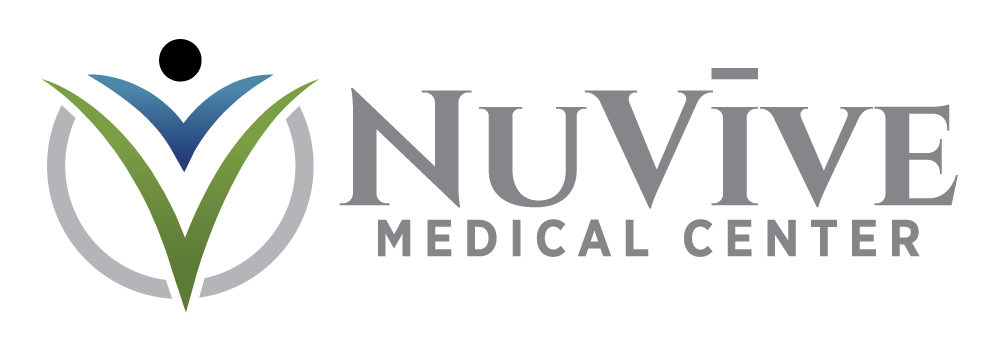Lower Back Pain
Up to 80% of adults in the United States experience lower back pain at one time or another. To get relief from the pain and resolve the underlying cause of your pain, visit the team at NuVive Medical. The integrated medical, chiropractic and rehab team offers care to patients of all ages in Branson, Missouri, so you can get relief without turning to medications or surgery. Set up a visit today.
Why does my lower back hurt?
The most common causes of lower back pain are mechanical issues and soft tissue injuries. Any of the anatomical structures in your back can be a source for pain, including:
Vertebrae
Intervertebral joints
Muscles
Ligaments
Tendons
Intervertebral discs
Spinal nerves
Depending on the type of pain you’re experiencing — including dull, achy, sharp, and stabbing pain — and if your pain travels anywhere — like down your legs — the team at NuVive Medical can narrow down the potential cause of your pain and through medical, ortho/neuro and functional exams, accurately diagnose your condition.
What conditions cause lower back pain?
Many different musculoskeletal conditions can cause lower back pain, including:
Intersegmental joint dysfunction
Facet syndrome
Scoliosis
Strains and sprains
Arthritis
Spondylolisthesis
Degenerative joint disease
Degenerative disc disease
Herniated discs
Radiculopathy
Sciatica
Each condition presents with its own unique combination of signs and symptoms, including the location and intensity of your pain. In order to help the team diagnose your pain, be prepared to answer questions about activities that worsen or improve your pain and any known causes or triggers of your pain.
What are signs of a lower back injury?
In addition to lower back pain, other potential signs of a lower back injury include:
Pain with coughing, sneezing or having a bowel movement
Decreased range of motion and stiffness
Feeling like your back will “give out” or spasm with movement
Inability to bend forward, backward, or side to side
Popping and clicking in your back
Pain, numbness, or tingling in your legs
Buttock pain
Even mild lower back pain that lasts more than three to five days warrants a consultation and exam. Occasional back pain is fairly normal, but a pain that lasts longer than a week or flares up often requires a medical assessment, diagnosis, and treatment in order to prevent the pain from becoming severe or chronic.
How is lower back pain treated?
The NuVive Medical team takes a multi-step approach to address lower back pain, based on your specific diagnosis. The first step of treatment involves reducing your pain through passive modalities, including hot and cold therapy, trigger point therapy and chiropractic care, and more, depending on your specific needs. As your pain decreases, the team moves to the second step and adds active care through rehab therapy to address any underlying muscle strength imbalances or issues with flexibility.
As you recover, the team incorporates additional therapies and advanced treatment strategies to resolve the underlying cause of your pain and prevent a recurrence of your pain, whenever possible.
Click below to schedule a consultation today.

